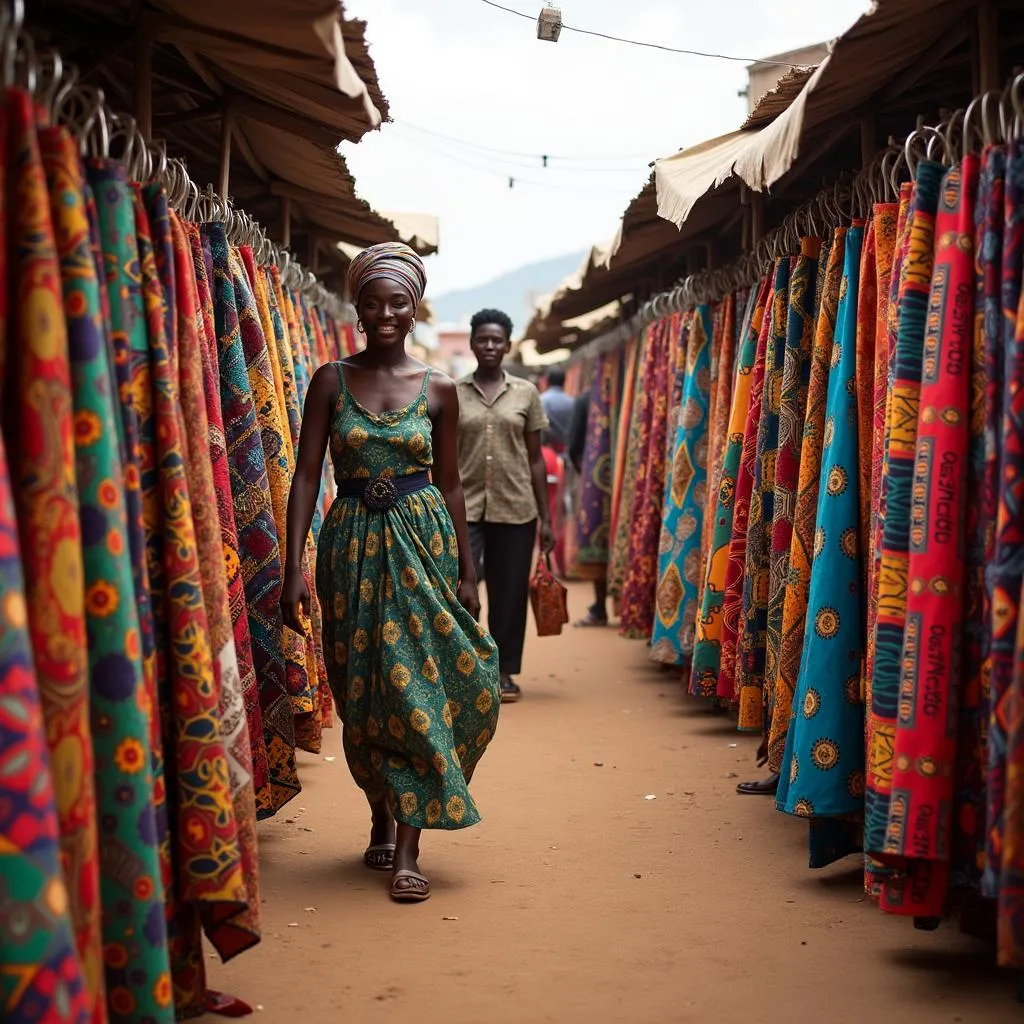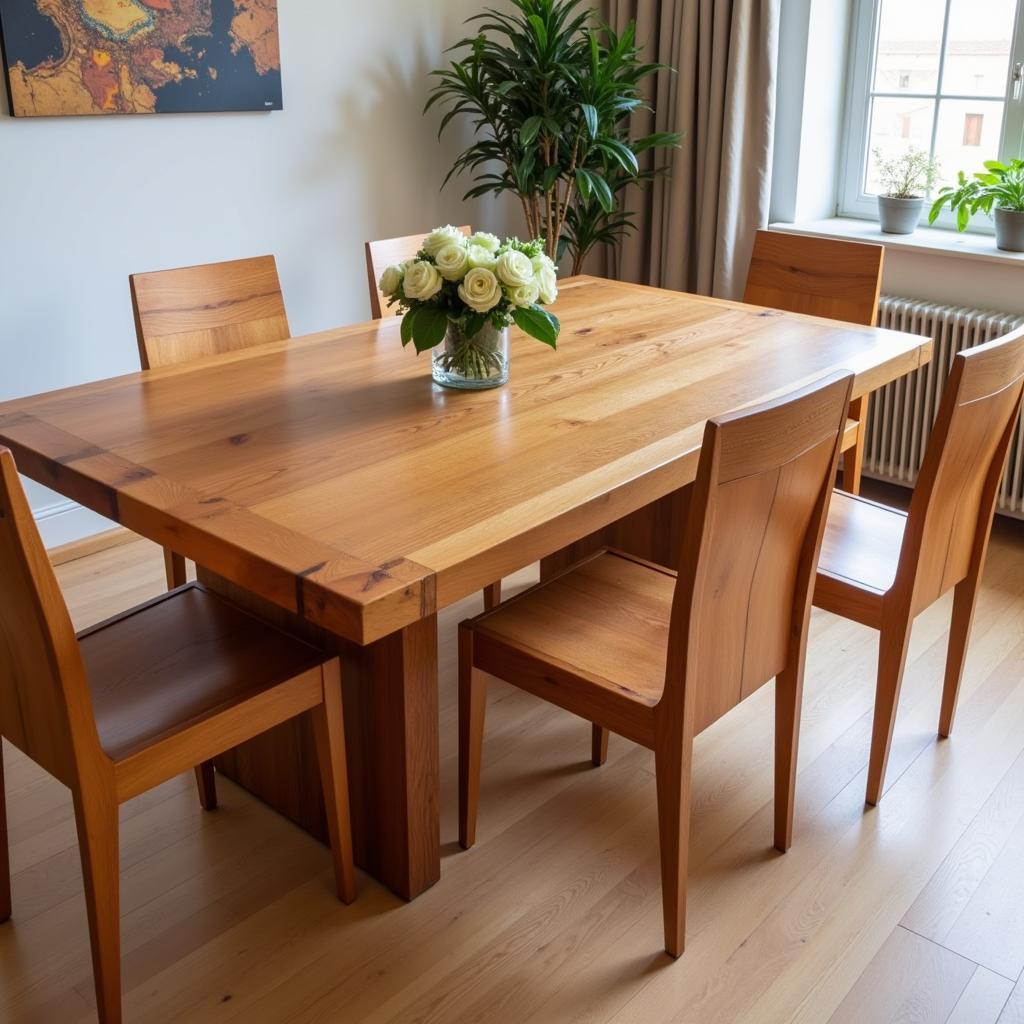Exploring African Hut Sections: A Journey into Traditional Architecture
African Hut Sections reveal a fascinating world of ingenious design and cultural significance. These structures, far from being simple dwellings, embody a deep understanding of local materials, climate, and social dynamics. From the circular layouts of southern Africa to the rectangular forms of the Sahel, each region boasts unique hut designs that reflect the diverse tapestry of African Life. Let’s delve into the intricacies of these traditional architectural marvels. African hut inside
Decoding the Design: Key Elements of African Hut Sections
Understanding African hut sections requires a look at their core components. The foundation, often made of compacted earth, stone, or wood, provides stability. Walls are constructed from various materials, including mud, wattle and daub, or even woven grass. The roof, a crucial element, is typically conical or domed, crafted from thatch, reeds, or other readily available resources. The specific arrangement of these elements creates distinct sections within the hut, each serving a particular purpose.
One common feature is the central living area, often featuring a hearth for cooking and warmth. Some huts also incorporate separate sleeping quarters, storage areas, or even small enclosures for livestock. The layout often reflects the social structure of the community, with designated spaces for different family members or activities.
Variations in African Hut Sections: Regional Influences and Adaptations
African hut sections vary significantly across the continent, reflecting diverse environmental conditions and cultural practices. In arid regions, thick mud walls provide insulation against extreme temperatures, while in wetter climates, elevated floors and steeply pitched roofs protect against flooding and moisture.
For example, the traditional Zulu huts of South Africa, known as “indlu,” feature a circular frame covered with thatch, creating a beehive-like structure. In contrast, the Dogon people of Mali construct rectangular mud-brick houses with flat roofs, often built into the cliffsides for added protection. These variations showcase the adaptability of African architecture and the ingenuity of local builders. African house plan and section traditional
What are the common materials used in African hut sections?
Common materials include mud, thatch, wood, stone, and woven grass. These materials are readily available and offer sustainable building solutions.
How do African hut sections adapt to different climates?
Hut designs adapt through variations in wall thickness, roof pitch, and floor elevation to address challenges posed by aridity, rainfall, and temperature fluctuations.
Why are African hut sections circular or rectangular?
The shape is often dictated by cultural traditions, available materials, and the desired functionality of the space.
Dr. Akinyi Ochieng, an expert in African architecture, notes, “The seemingly simple design of African huts belies a sophisticated understanding of building principles. Each element, from the foundation to the roof, serves a practical purpose while reflecting the cultural values of the community.”
The Cultural Significance of African Hut Sections
Beyond their practical function, African hut sections hold deep cultural meaning. They often serve as the center of family life, hosting gatherings, ceremonies, and storytelling sessions. The construction and maintenance of huts can be a communal activity, strengthening social bonds and passing down traditional knowledge through generations. Dr. Fatima Mbaye, a cultural anthropologist, adds, “African huts are not just shelters; they are living expressions of cultural identity, connecting people to their ancestors and their land.”
A Legacy of Sustainable Design: Preserving African Hut Sections for Future Generations
African hut sections offer valuable lessons in sustainable building practices. Their use of local, renewable materials, and their adaptation to the local environment provide a model for eco-conscious architecture. As we face global environmental challenges, it is crucial to preserve and learn from these traditional building techniques.
In conclusion, African hut sections offer a glimpse into a rich architectural heritage. From their diverse designs to their cultural significance, these structures embody the ingenuity and resilience of African communities. Understanding and appreciating these traditional dwellings helps us connect with a vibrant past and inspires sustainable building practices for the future.
FAQ: Frequently Asked Questions About African Hut Sections
-
What is the typical lifespan of an African hut? The lifespan varies depending on the materials and climate, but typically ranges from 10 to 20 years.
-
Are African huts still built today? Yes, traditional hut construction continues in many parts of Africa, alongside modern building techniques.
-
How are African huts decorated? Decorations can include painted murals, woven patterns, and symbolic objects reflecting local customs and beliefs.
-
What are the benefits of building with natural materials? Natural materials are sustainable, readily available, and provide excellent insulation.
-
How are African huts adapted to withstand extreme weather conditions? Adaptations include thick walls for insulation, elevated floors for flood protection, and reinforced roofs to withstand strong winds.
-
How big are traditional African huts? The size varies depending on the community and the intended use, ranging from small single-family dwellings to larger communal structures.
-
What role do African huts play in community life? Huts serve as the center of family life, hosting gatherings, ceremonies, and traditional storytelling sessions.
Do you have more questions about African architecture, culture, or traditional lifestyles? Explore our website for more insightful articles and fascinating stories.
When you need assistance, please contact us: Phone: +255768904061, Email: kaka.mag@gmail.com Or visit us at: Mbarali DC Mawindi, Kangaga, Tanzania. We have a 24/7 customer service team.

